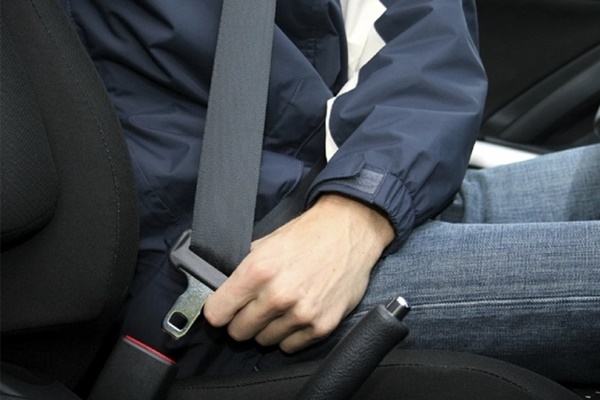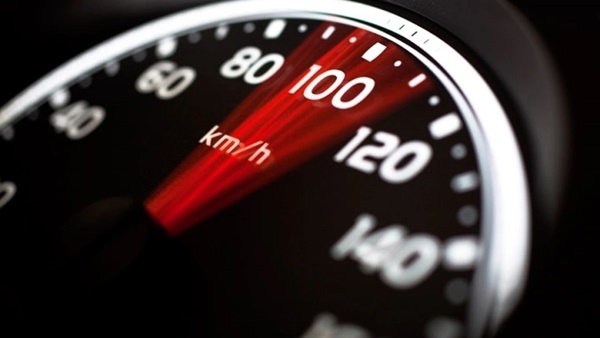Nowadays, cars are equipped with numerous safety systems. However, for various reasons, these safety systems are often misused.
Incorrect seat belt installation
Seat belts are essential in every car as they help prevent the occupants from being thrown forward in the event of a collision, minimizing injuries. However, seat belts need to be properly fastened to be effective.

Properly fastening seat belts ensures effectiveness. (Illustrative image)
Many people believe that not fastening the seat belt is acceptable because of the presence of airbags. In reality, if the seat belt is not fastened properly according to the manufacturer’s instructions, the airbags will not automatically deploy to provide protection. Therefore, users need to fasten their seat belts as instructed by the manufacturer.
In Vietnam, it is compulsory to fasten seat belts in all seating positions within a car as per the road traffic law.
Disabling the car’s safety warning systems
The car’s safety warning systems consist of various alert devices. However, blind spot and collision warning systems are often disabled by users due to frequent traffic congestion or the presence of motorcycles that may pass through hard-to-observe angles.
Completely disabling the safety warning systems is not advisable as they provide significant assistance in situations where visibility is limited while driving.
Nowadays, some car manufacturers have improved these sensor systems by allowing users to adjust them according to different traffic conditions. Instead of completely disabling the warning systems, car owners can choose alternative settings such as mirror-mounted warnings or notifications displayed on the screen.
Misunderstanding tire pressure sensor alerts
Tire pressure sensors monitor the internal pressure of tires. Overinflated or underinflated tires can be dangerous while driving. The tire pressure sensors help maintain the appropriate air pressure. If any irregularities are detected, they will alert the car owner, minimizing the risk of accidents.
Many car owners wonder why they still receive tire pressure alerts even after inflating their tires. In reality, the tire pressure needs to be re-evaluated after driving a certain distance. Once the tire pressure has been re-evaluated, the alert will disappear from the dashboard.
If the tire pressure alert continues after a short drive following inflation, it indicates a malfunction in the tire pressure sensor.
Speeding warning system
Many modern cars are equipped with a speeding warning system. The maximum speed limits on different road sections are pre-programmed into the car’s navigation system. When the GPS positioning system detects that the car is exceeding the speed limits, the system will emit audible warnings through the car’s speakers.

(Illustrative image)
However, in practice, the GPS positioning on car systems is often inaccurate, and the information processing speed is slow. This leads to a speed deviation of 5 – 10 km/h, resulting in fines or dangerous situations for drivers.
Therefore, to ensure that the car is always traveling at the correct speed, drivers should rely on the central instrument cluster and the speed limit signs on the roads.
Some high-end cars are now equipped with a sign recognition system. When combined with the speedometer, these cars can control the driving speed appropriately based on the specific speed limits on different road sections.
Source: vtc.vn






























